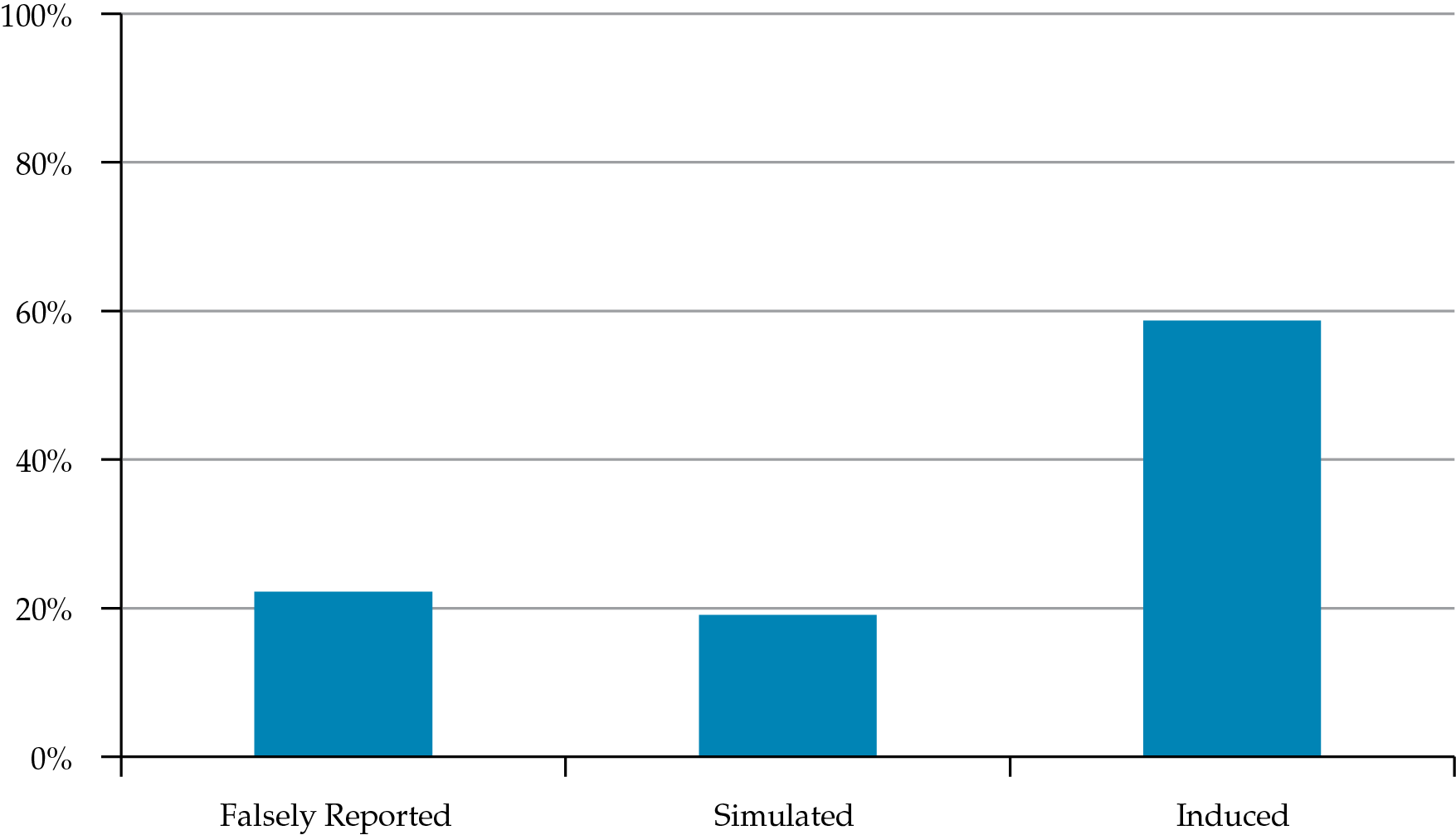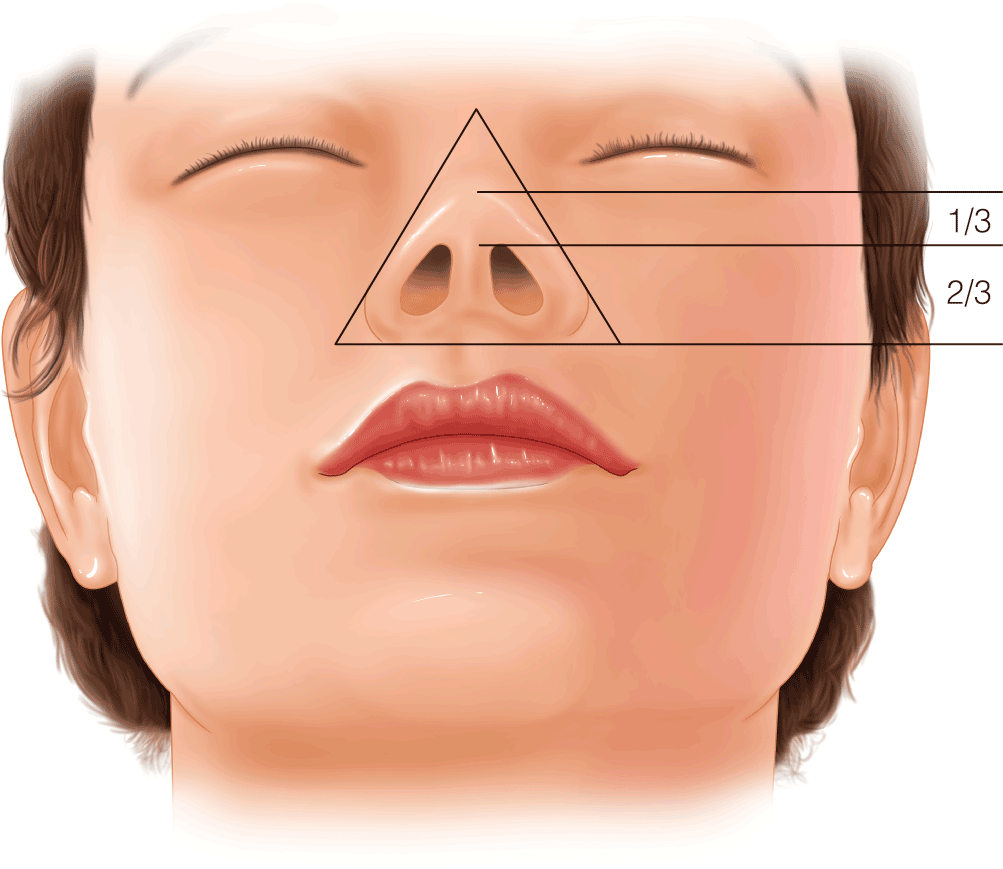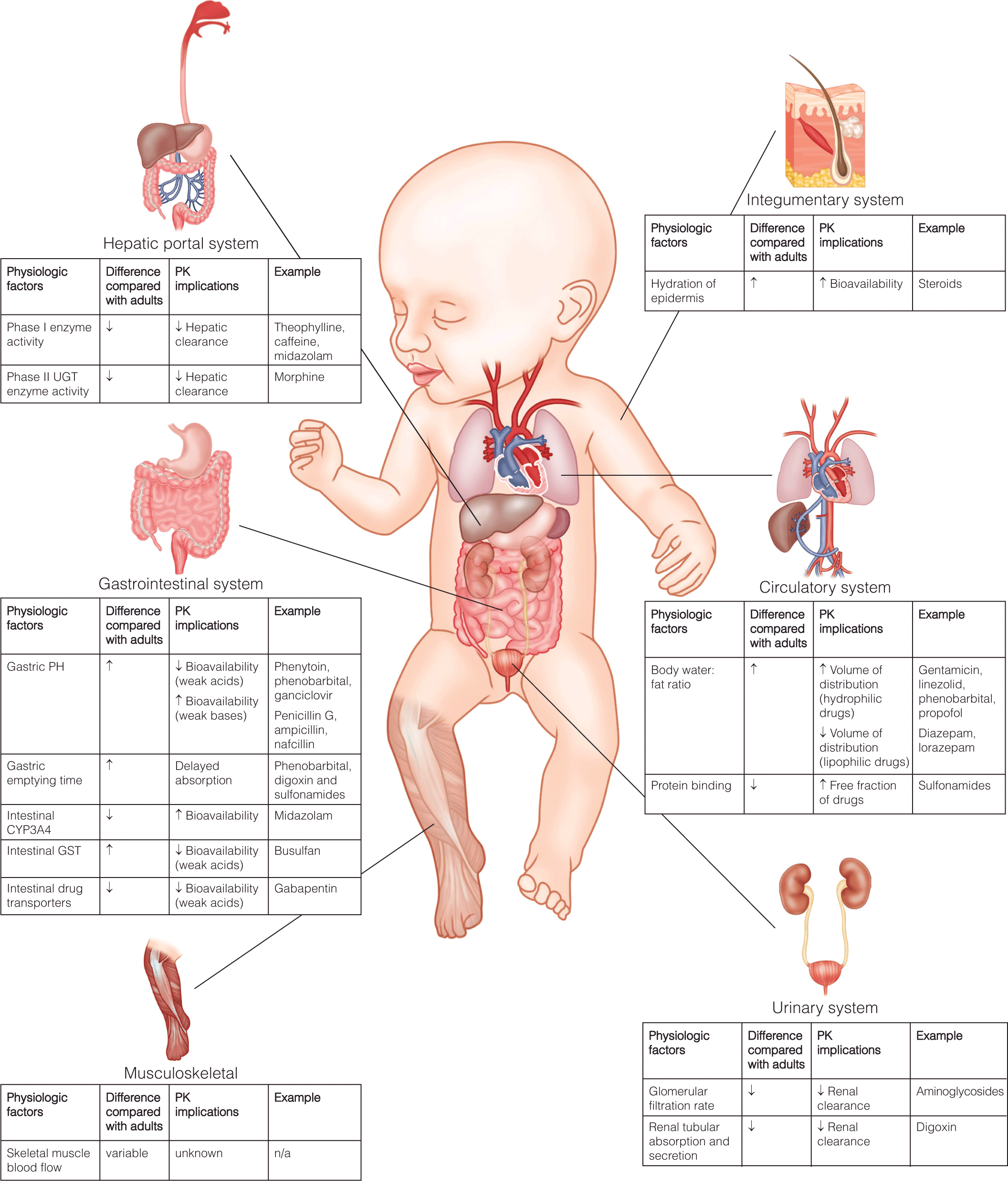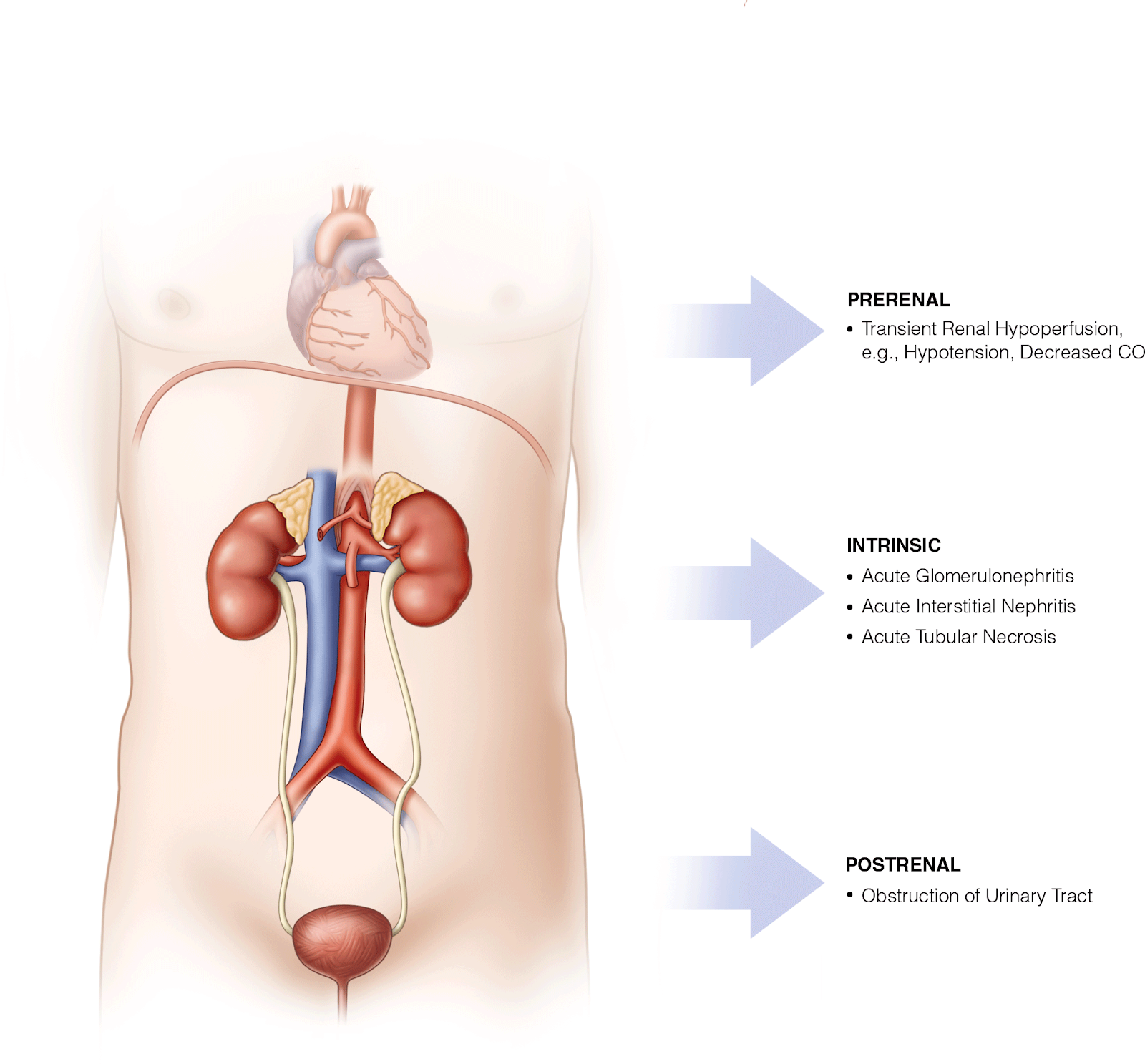- Overview of historical classification for Munchausen syndrome and how this relates to current DSM-5 criteria for factitious disorder as a somatic symptom disorder
- Most recent comprehensive reviews of factitious disorder case reports, including discussion of common clinical presentation and comorbid psychopathology
- Consideration of various clinician approaches when discussing a diagnosis of factitious disorder with patients
Latest Updates


Overview Of Schizophrenia And Other Psychotic Disorders
- Psychotic disorders have been reclassified by grouping together those considered to fall within a schizophrenia spectrum.
- Delusional disorder no longer requires the presence of nonbizarre delusions.
- Schizophrenic subtypes (paranoid, disorganized, catatonic) were discontinued in the DSM-5. 2020 APA practice guidelines to be published.

Overview Of Schizophrenia And Other Psychotic Disorders
- Psychotic disorders have been reclassified by grouping together those considered to fall within a schizophrenia spectrum.
- Delusional disorder no longer requires the presence of nonbizarre delusions.
- Schizophrenic subtypes (paranoid, disorganized, catatonic) were discontinued in the DSM-5. 2020 APA practice guidelines to be published.

Overview Of Schizophrenia And Other Psychotic Disorders
- Psychotic disorders have been reclassified by grouping together those considered to fall within a schizophrenia spectrum.
- Delusional disorder no longer requires the presence of nonbizarre delusions.
- Schizophrenic subtypes (paranoid, disorganized, catatonic) were discontinued in the DSM-5. 2020 APA practice guidelines to be published.

- Cartilage grafting helps to restore nasal architecture, provides support, refinement, contouring and visual enhancement
- Functional preservation maintains nasal skeletal framework and reduces complex revisions by destabilisation of these structures
- Open approach allows for the ability to have total exposure, accurately diagnose the nasal deformities and meticulously shape the cartilaginous and bony framework

Pharmacologic Differences in Children
- There is increasing focus on the impact of anesthetic medication effects on the developing brain with a goal to improve patient safety.
- Dexmedetomidine is one particular medication found to confer protection to the developing brain in the anesthesia setting and will likely have increasing clinical applications for the pediatric anesthesiologist.
- Technology and innovative engineering have led to the development and application of tools to improve pediatric patient compliance with anesthesia-related procedures such as needleless medication delivery systems to aid in painless IV placement and the use of small electronics as distraction for mask induction.

Acute Kidney Injury and Renal Replacement Therapy
- Acute tubular necrosis, immune-mediated dysfunction and renal hibernation are all mechanisms underlying AKI
- Volume expansion with supraphysiologic chloride may induce hyperchloremia and precipitate AKI
- Regional citrate anticoagulation should be used as anticoagulation for CRRT preferentially over systemic heparin

- With the DSM-5, rumination and pica are now placed in the same chapter as bulimia nervosa and anorexia nervosa.
- In the DSM-5, diagnoses were modified and expanded to better describe patient diversity, especially with respect to age.
- According to a recent study, implementation of the DSM-5 criteria may dramatically reduce residual eating disorder diagnoses within clinical settings.


.png)







